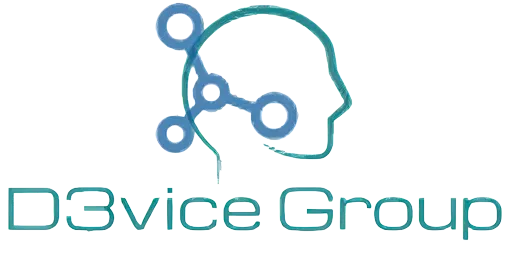

Our Device Health Check provides a 360° diagnostic of a telco’s device organization. Using benchmarks, interviews, and proprietary tools, D3viceGroup identifies strengths, weaknesses, and growth opportunities across all device domains. The outcome is a structured improvement roadmap — a clear view on strategic priorities, quantified savings, and actionable project briefs for execution.
AI is reshaping the entire device lifecycle — from forecasting and logistics to customer engagement and pricing. D3viceGroup helps operators and retailers embed Artificial Intelligence across their device ecosystems to drive automation, predictive analytics, personalization, and efficiency. Our AI-based frameworks transform traditional device management into a data-driven, self-optimizing function that continuously learns and adapts.








This cluster focuses on revenue creation and customer value from devices. D3viceGroup supports telcos in turning their device portfolios into profit centers through monetization, financing, and operator-branded strategies. We help define propositions that boost ARPU, improve affordability, and strengthen customer retention while balancing commercial goals and sustainability.
















This cluster focuses on revenue creation and customer value from devices. D3viceGroup supports telcos in turning their device portfolios into profit centers through monetization, financing, and operator-branded strategies. We help define propositions that boost ARPU, improve affordability, and strengthen customer retention while balancing commercial goals and sustainability.
















Contact Us For A First Explorative Discussion